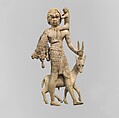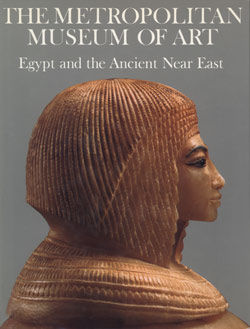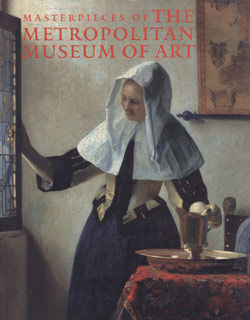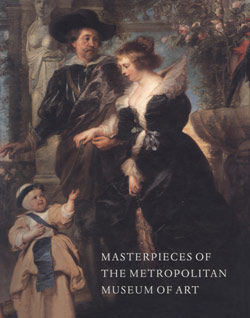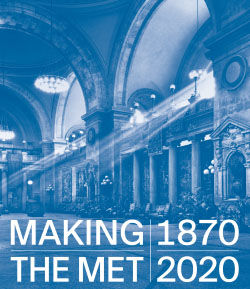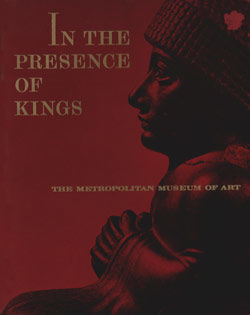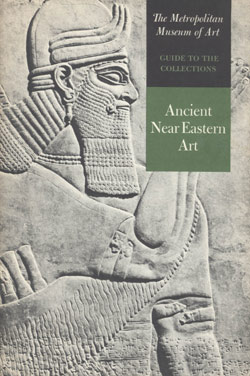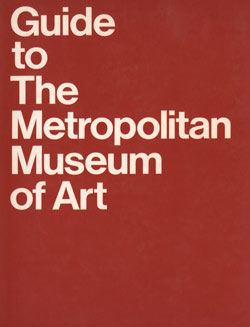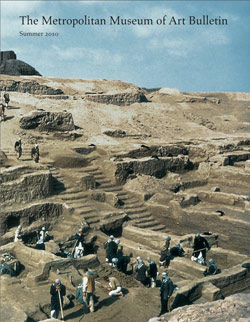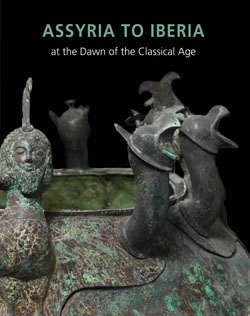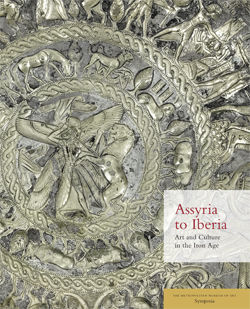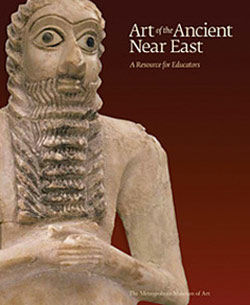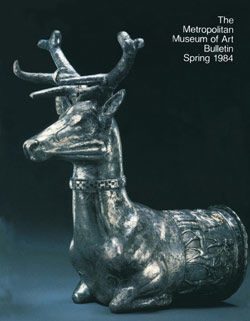Figure of a man with an oryx, a monkey, and a leopard skin
Not on view
This statuette group, carved in the round, was found with five other statuettes with similar imagery. The six statuettes were excavated in and just below two arched niches built into the wall of a room at Fort Shalmaneser, a royal building at Nimrud that was probably used to store booty and tribute collected by the Assyrians while on military campaign. Those found just below the niches could have fallen when the palaces were destroyed during the the final defeat of Assyria at the end of the seventh century B.C. Originally, these objects were attached to long ivory plinths and exhibited in the arched niches, perhaps arranged in a procession of foreigners bringing different animals and animal skins as tribute to the Assyrian king. A frontally facing male, striding to the right with his lower body in profile, grasps the horns of an oryx (a species of desert-dwelling antelope) that strides behind him. The male figure’s eyes, necklace, and armlet were carved to receive colored glass or semiprecious stone inlays. He wears a short kilt belted with a long sash, embroidered with decoration including two uraei (mythical, fire-spitting serpents), zig-zags, wavy lines, small squares, rosettes, diamonds, and circles. A monkey, whose fur is rendered with short incisions, sits erect on his left shoulder and grasps his short curly hair. Although his right arm does not survive, it was probably extended to support the elaborately patterned leopard skin draped over his right shoulder.
Built by the Assyrian king Ashurnasirpal II, the palaces and storerooms of Nimrud housed thousands of pieces of carved ivory. Most of the ivories served as furniture inlays or small precious objects such as boxes. While some of them were carved in the same style as the large Assyrian reliefs lining the walls of the Northwest Palace, the majority of the ivories display images and styles related to the arts of North Syria and the Phoenician city-states. Phoenician style ivories are distinguished by their use of imagery related to Egyptian art, such as sphinxes and figures wearing pharaonic crowns, and the use of elaborate carving techniques such as openwork and colored glass inlay. North Syrian style ivories tend to depict stockier figures in more dynamic compositions, carved as solid plaques with fewer added decorative elements. However, some pieces do not fit easily into any of these three styles. Most of the ivories were probably collected by the Assyrian kings as tribute from vassal states, and as booty from conquered enemies, while some may have been manufactured in workshops at Nimrud. The ivory tusks that provided the raw material for these objects were almost certainly from African elephants, imported from lands south of Egypt, although elephants did inhabit several river valleys in Syria until they were hunted to extinction by the end of the eighth century B.C.
#7035. Tribute bearer with an oryx, a monkey, and a leopard skin
Due to rights restrictions, this image cannot be enlarged, viewed at full screen, or downloaded.
